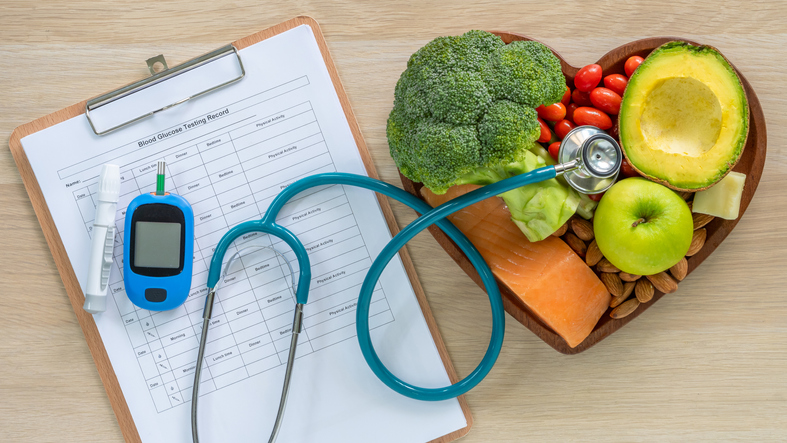Diabetes mellitus II / insulin resistance
Contact UsThe CDC notes that as of 2014, 9.6{2156ad4be326aa03bb0338783ee4c8c3815f447e9e6a0e80d0df61c6c26e0130} of adults in the state of California are diabetic. Nationwide, 28{2156ad4be326aa03bb0338783ee4c8c3815f447e9e6a0e80d0df61c6c26e0130} of those who are diabetic are not aware that they are diabetic. The incidence of diabetes rises with age. 16{2156ad4be326aa03bb0338783ee4c8c3815f447e9e6a0e80d0df61c6c26e0130} percent of those between the ages of 45-64 are diabetic and over the age of 64, 25.9{2156ad4be326aa03bb0338783ee4c8c3815f447e9e6a0e80d0df61c6c26e0130} of the population is diabetic. 37{2156ad4be326aa03bb0338783ee4c8c3815f447e9e6a0e80d0df61c6c26e0130} of U.S. Adults over the age of 20 had Prediabetes and 51{2156ad4be326aa03bb0338783ee4c8c3815f447e9e6a0e80d0df61c6c26e0130} of those 65 and older has Prediabetes. The American Association of Clinical Endocrinologists recommends lifestyle modification including medically assisted weight loss as the first line of therapy that should be done for both Diabetes and Prediabetes. Most physicians are not experienced with medically assisted weight loss. However, at Inland Empire Weight Loss, this is our specialty. We are experienced in a variety of techniques to help you to achieve medically assisted weight loss.
The concern in diabetes is that the disease process starts well before the diagnosis of diabetes. In this slide from the American Association of Clinical Endocrinologists, you can see the natural progression of diabetes.

